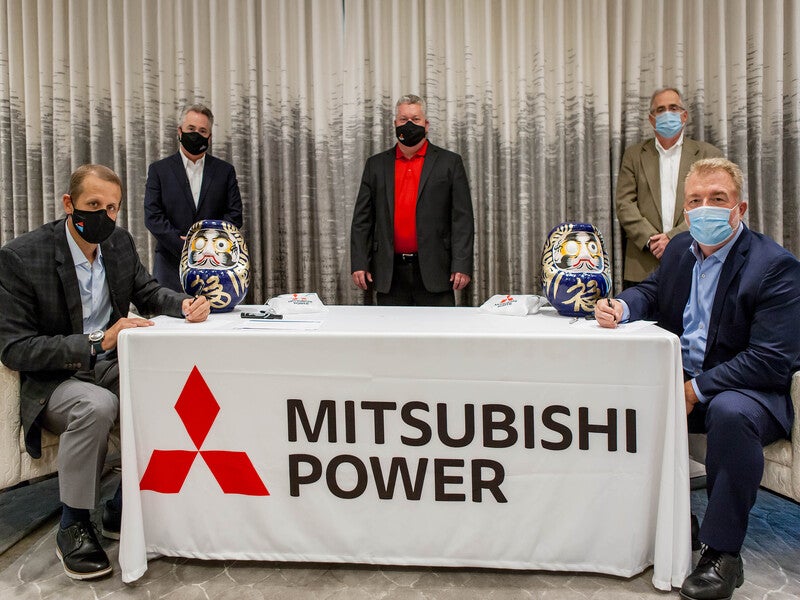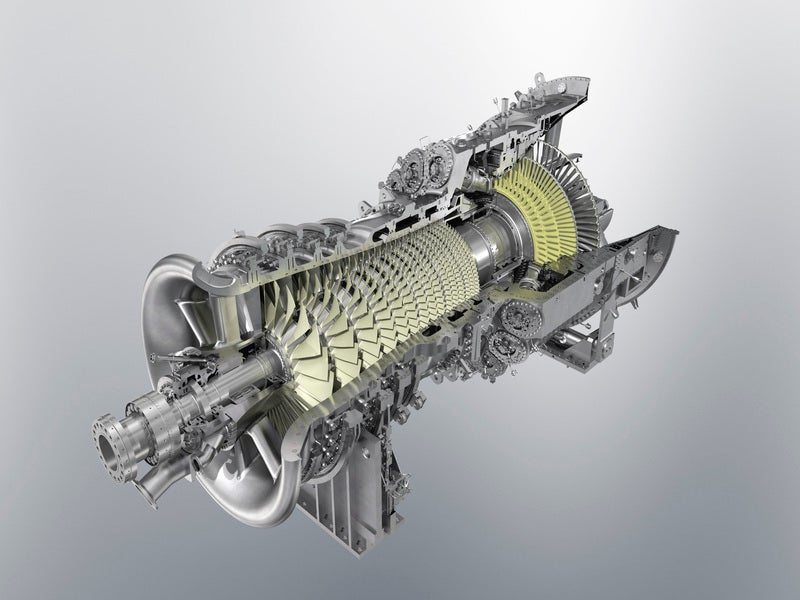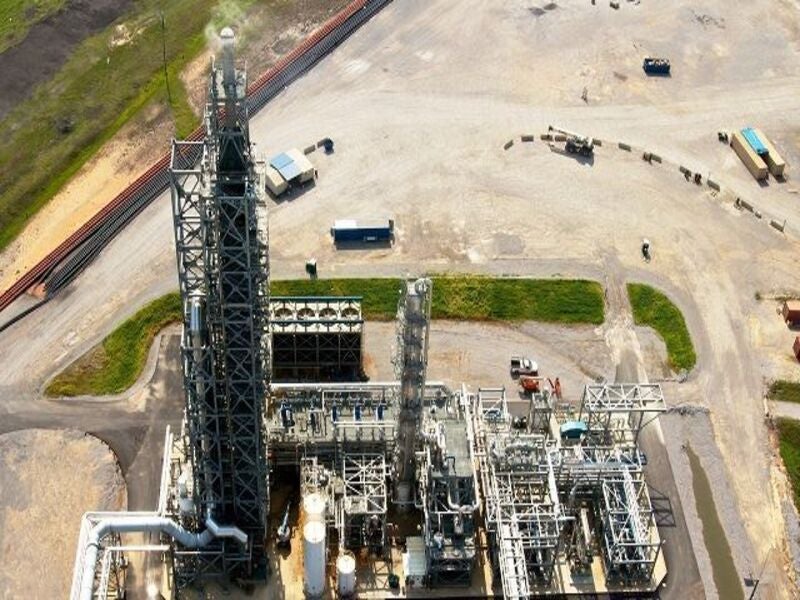The James M. Barry Electric Generating Plant, also known as the Plant Barry, located in Alabama, US is being expanded with a new 720MW gas-fired, combined-cycle unit.
The 2,370MW coal and gas-fired Barry power station is owned and operated by Alabama Power, a subsidiary of Southern Company. The power station has been in operation using coal as the fuel since the early 1950s, while the gas-based power generation was initiated at the site in 2000.
The Alabama Public Service Commission approved the proposal to expand the existing James M. Barry Electric power plant with a new combined-cycle unit in June 2020.
The key contracts for the expansion project were finalised in the last quarter of 2020 while the construction works are expected to be started in May 2021 with the commissioning scheduled for November 2023.
The new gas-fired unit will have a design life of 40 years and its generating capacity can also be increased to 743MW during peak winters.
Location and site details
The James M. Barry Electric Generating Plant is located on the west bank of the Mobile River, a mile east of the city Bucks and 20miles north of Mobile, the county seat of Mobile County, in Alabama, US.
The new combined-cycle unit will be situated to the south of units six and seven of the existing facility.
Barry plant expansion details
The 720MW combined-cycle unit at the Barry power plant will be equipped with a 501 JAC air-cooled combustion gas turbine, a condensing re-heat steam turbine, and a heat recovery steam generator (HRSG) from Mitsubishi Power.
The gas-fired power island with advanced technology is expected to deliver an efficiency rate of greater than 64%, operating an average heat rate of 6,210Btu/kWh.
The gas turbine will measure 15m-long, 5.6m-wide, and 5.6m-high.With a turbine inlet temperature of 1,600ºC, it will adopt the air-cooling method for the combustor. While the compressor will involve 15 stages, the number of cans in the combustor will be 16.
The other components include the boiler feed pumps, and a cooling tower for closed-cycle cooling operations.
Infrastructure facilities
The plant expansion will involve the construction of a new tie line to the existing Ellicott 230kV substation.
It will also include the construction of a new gas extension line from the existing Plant Barry gas yard, along with new water lines and access roads.
Power evacuation
The electricity generated by the new unit at Plant Barry will be evacuated through a 230kV power transmission line connecting the existing substation.
Contractors involved
The consortium of Mitsubishi Power and Black and Veatch Construction was selected as the turnkey engineering, procurement, and construction (EPC) contractor for the Barry power plant expansion project in December 2020.
Mitsubishi Power will provide the key equipment for the power island of the combined-cycle facility, while Black and Veatch will be responsible for the engineering and construction services.
Balch and Bingham Company was engaged by Alabama Power in September 2019 for legal advisory services of the Plant Barry expansion.
James M. Barry Electric Generating Plant
The Barry power plant initially comprised five coal-fired units, out of which two units were converted to gas-based operation in 2015. The third unit was retired in August 2015.
The unit six was commissioned in July 2000, while unit seven was placed into commercial operation in May 2001.
The James M. Barry electric generating power plant currently comprises six units, including two coal-fired units and four gas-fired units. The total coal-fired capacity of the Barry power plant is 1,370MW, while the gas-based capacity is 1GW.





